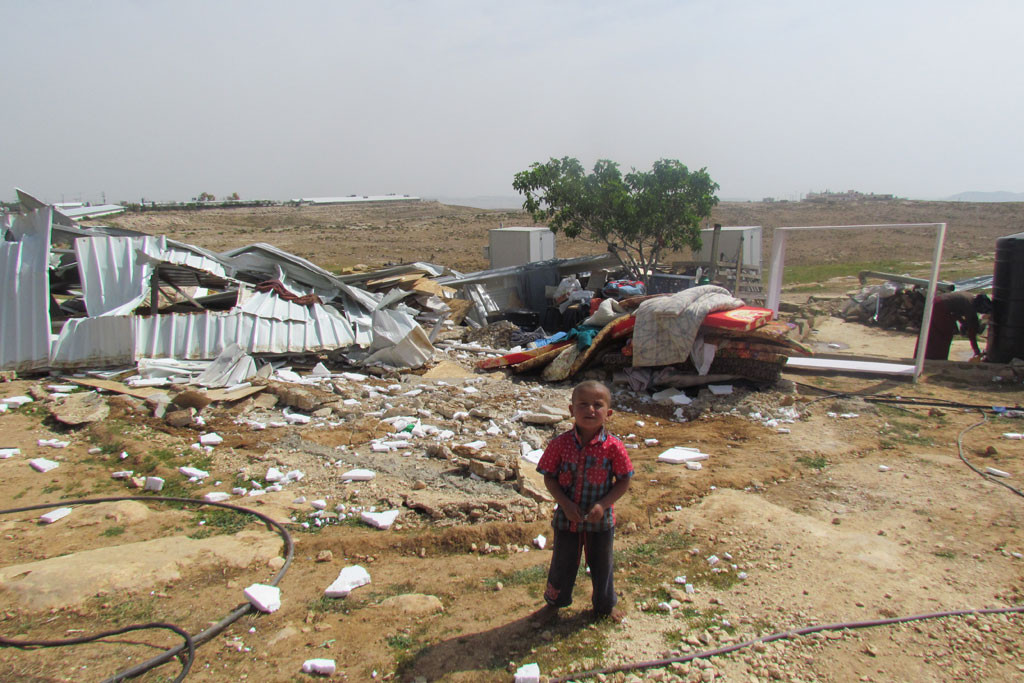
23 Apr, 2016
‘Two-state solution in danger,’ warns new report from UN office on Middle East peace process
United Nations, 14 April 2016, (UN News Centre) – The viability of a two-state solution, which envisages peaceful co-existence of both Israel and Palestine, is in danger due to the negative trends on the ground, including recent violence, ongoing settlement activity, demolitions, incitement, and the absence of Palestinian unity, a new United Nations report warned today.
The report, issued by the Office of the UN Special Coordinator for the Middle East Peace Process (UNSCO), highlights an increase in settlement activities by Israel and a further consolidation of Israeli control over the West Bank.
The report also underscores that the demolition of Palestinian homes and livelihood structures more than doubled in the reporting period as compared with the previous six months, noting that the total demolitions by mid-April already exceeded last year’s total. It also expresses concern over Palestinian access to land and natural resources in ‘Area C’ of the West Bank, among other development factors.

A boy in the Bedouin refugee community of Um al Khayr in the South Hebron Hills where large scale home demolitions by Israeli authorities took place. Photo: UNRWA
Regarding the Palestinian side, the report notes that despite continuing reconciliation discussions held in February and March between Fatah, Hamas and other Palestinian factions in Qatar, no consensus has been reached on achieving genuine Palestinian unity.
“The formation of a national unity government and the holding of elections are vital to laying the foundations of a future Palestinian state,” the report notes.
Humanitarian crisis, degenerated human rights situation
Citing a protracted humanitarian crisis in the occupied Palestinian territory, the report says that “some 1.1 million people in the West Bank and some 1.3 million in Gaza, over 900,000 of them refugees, need some form of humanitarian assistance in 2016.”
The report stresses that the human rights situation degenerated with the dramatic rise in clashes between Palestinians and the Israeli Security Forces in the West Bank, including East Jerusalem, increased instances of punitive measures against families of alleged perpetrators of attacks, and administrative detentions.
Gaza reconstruction
Turning to the Gaza Strip, the report notes that there has been steady progress on the enclave’s reconstruction, and that more than 90 per cent of health and education facilities damaged or destroyed during the conflict in 2014 have been repaired, but that structural barriers continue to impede recovery.
It adds that, although the temporary Gaza Reconstruction Mechanism (GRM) has enabled a significant increase in the entry of construction material to Gaza, only the lifting of the closures would allow the people in Gaza to rebuild their lives and livelihoods. It also cites energy and water shortages in Gaza as particularly urgent and chronic.
The report will be presented to the Ad Hoc Liaison Committee (AHLC) at its bi-annual meeting in Brussels on 19 April. The Committee, chaired by Norway and co-sponsored by the European Union and the United States, serves as the principal policy-level coordination mechanism for development assistance to the Occupied Palestinian Territory.



Liked this article? Share it!